Amidst coronavirus, I’m sticking to what I – and a lot of other people – love most: cooking and baking. One challenge I’ve presented to myself is to make a dish (or dishes) of international cuisines every week, learn some words from the language, and e-visit some of the country’s landmarks. Some of these dishes will be more complex than others, based on what ingredients I have available in the house.
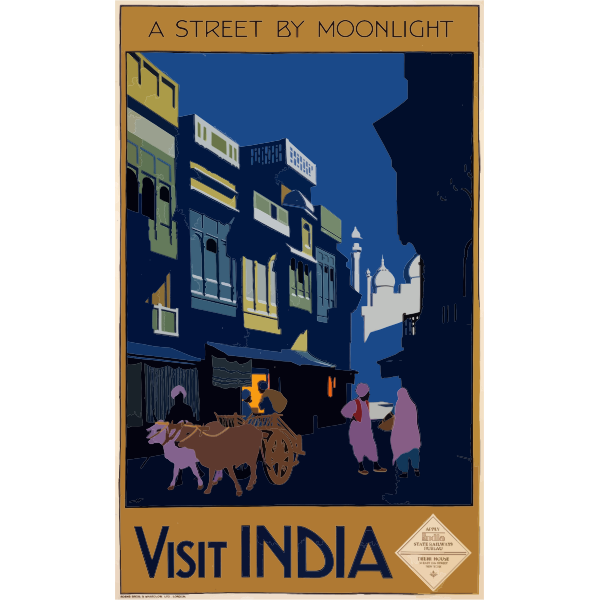
I didn’t have my first real experience of Indian cuisine until I went to Quilon in London. Since then, my mom and I have been on an Indian food craze: cultivating a colorful spice collection, signing up for a vegan Indian cooking class through Cozymeal (with Mukti Banerjee in Brooklyn), watching a Chef’s Table episode on Asma Khan, and eating at Masala Bay (in Somerset, NJ) a lot.
I’m going to be upfront: cooking Indian food can be time consuming and can sometimes require you to have an encyclopedia of spices. But once you collect some of the pantry staples, they’re perfect for times like these. I’ve tried to bring about three dishes that are simple with process and require only a few staple spices.
While this post is on Indian cuisine, know that there are multiple styles of Indian cuisine. There’s a wide variety of regional and traditional cuisines within India due to diverse climates, religion prominence (Hinduism, Buddhism, Jainism) and immigration.
For example, in Northern Indian cuisine, there’s a higher prominence of dairy products (paneer, ghee, yogurt), and they typically use groundnut oil for frying.
DISH #1: MASALA CHICKPEAS
This chickpea recipe has become one of my family’s favorites. It’s nourishing, without being oily. Don’t have chickpeas? You can sub them in for any other beans on hand, like black beans or even lentils.
Some of the ingredients:
- Chickpeas. Chickpeas are high in protein, with three grams per ounce.
- Cumin. Cumin promotes digestion by increasing the activity of digestive enzymes.
- Ginger. Ginger is also great for digestion, and has been linked with improvements in insulin and metabolism.
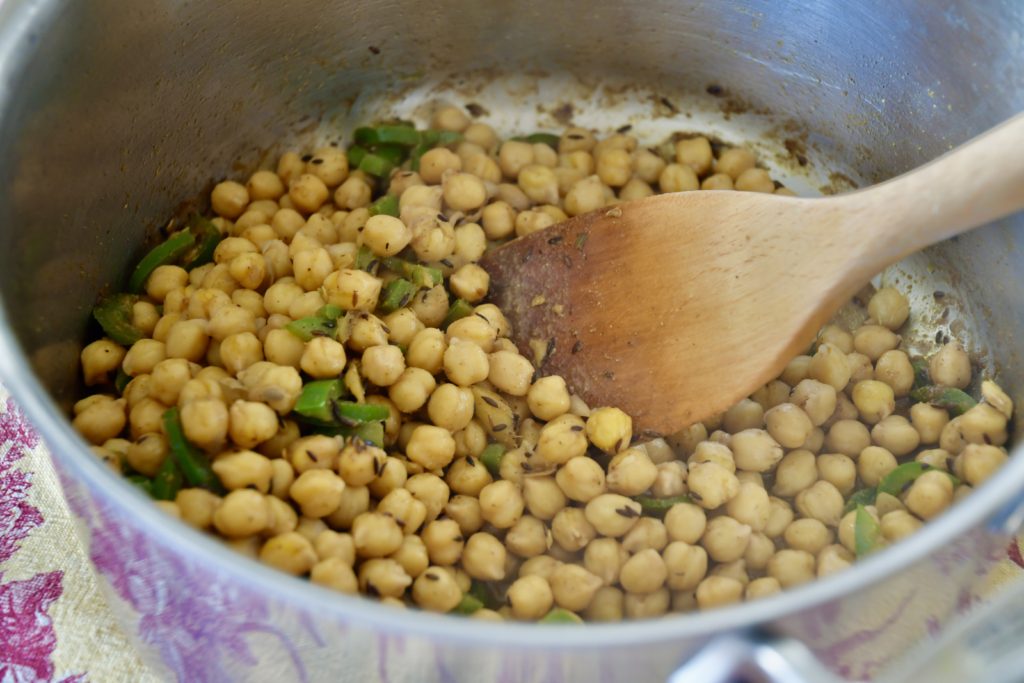
RECIPE: The Splendid Table’s Masala Black Chickpeas
- In this recipe, you can switch out the ghee for coconut oil to make it vegan.
I like to eat this alongside some basmati rice or quinoa.
DISH #2: BASMATI RICE WITH CUMIN AND CINNAMON (not pictured)
This dish needs no recipe. In a rice cooker, put in 2 cups of Basmati rice and water, with cinnamon sticks (I usually put in 2), and about 1 tbsp of cumin seeds. Let it cook, and you’ll get delicious, fragrant rice.
DISH #3: MANGO LASSI
Lassis are a popular Indian dessert drink; mango lassis are refreshingly fruity, and resemble a milkshake. An added benefit is that it’s only 5 simple ingredients: coconut milk, vegan yogurt, mango, cardamom powder, and honey.
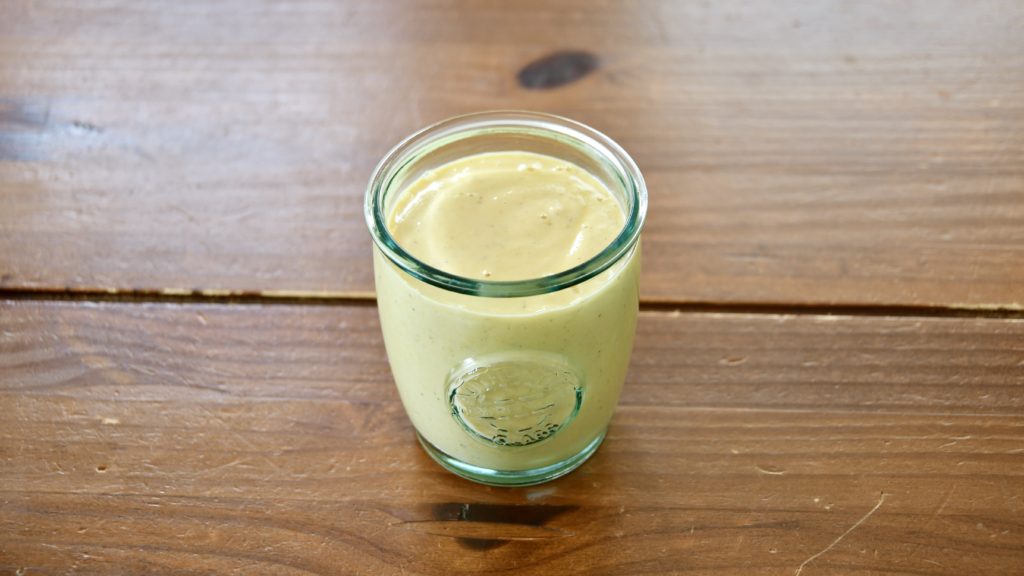
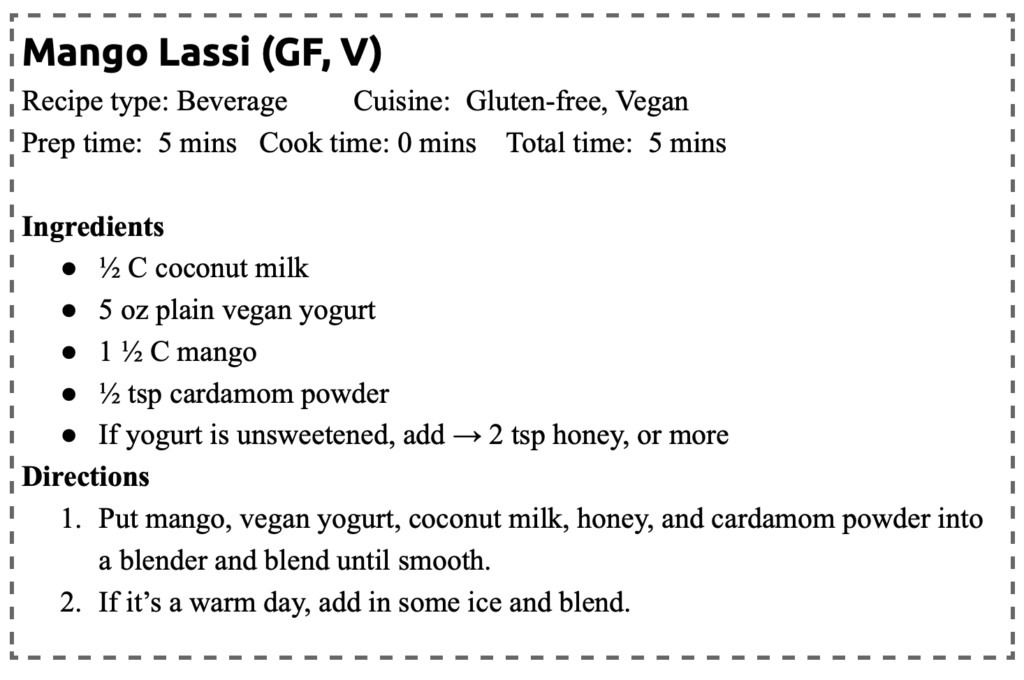
USEFUL WORDS
India’s main language is Hindi, and for this section, I’m going to keep it short and simple.
- Namaskāra –> Hello
- Svāgata –> Welcome
- Namaste –> Goodbye
- Dhanyavāda –> Thank you
- Āpa kaise hain? (male) or Āpa kaisī hain? (female) –> How are you?
- Mai acchā hun (male) or Mai acchī hūn (female) –> I am fine
LANDMARKS
India is a country rich in religious and ancient landmarks – let’s take a tour!
Ellora Caves, 600-1000 CE
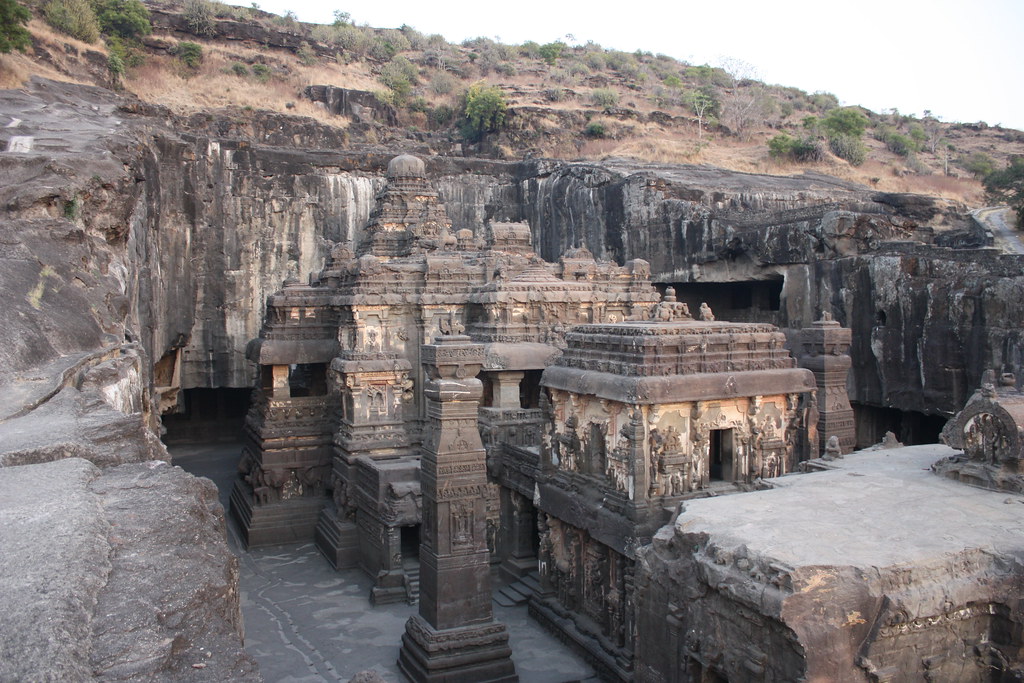
This UNESCO World Heritage Site that is one of the largest rock-cuts monastery temple cave in the world.
Taj Mahal, 1632-53

Perhaps one of the most famous Indian monuments, Emperor Shah Jahan dedicated the Taj Mahal to his favorite wife, Mumtaz Mahal, who died during childbirth.
Amber Palace, 1592
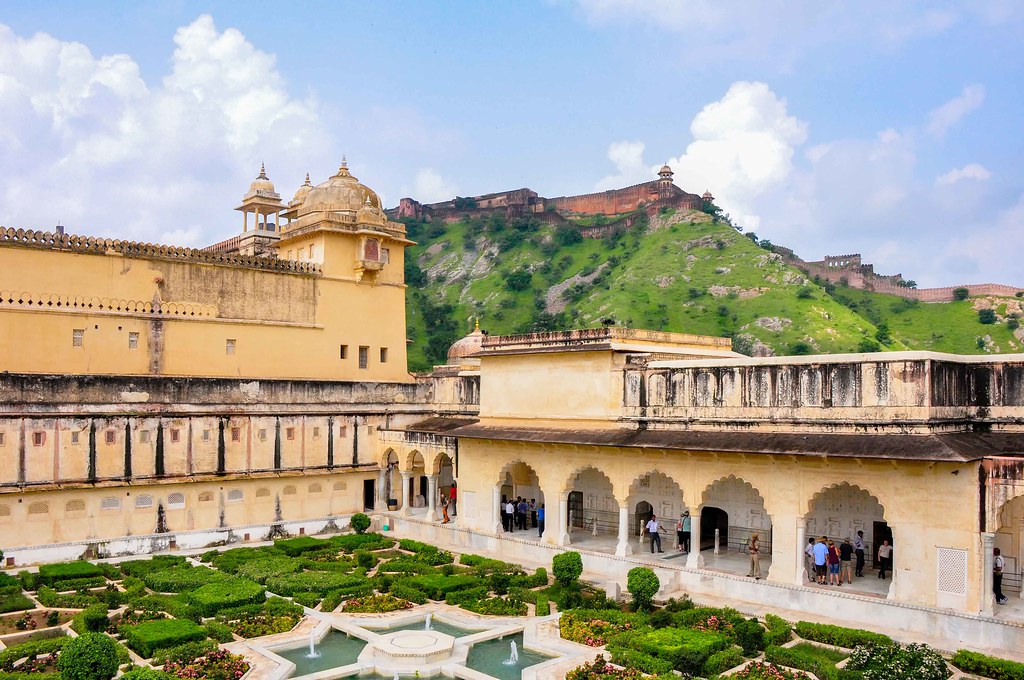
Amber Palace was once the capital of the Jaipur state. Fun fact: you can actually segway your way around the palace!
Chandni Chowk, Delhi
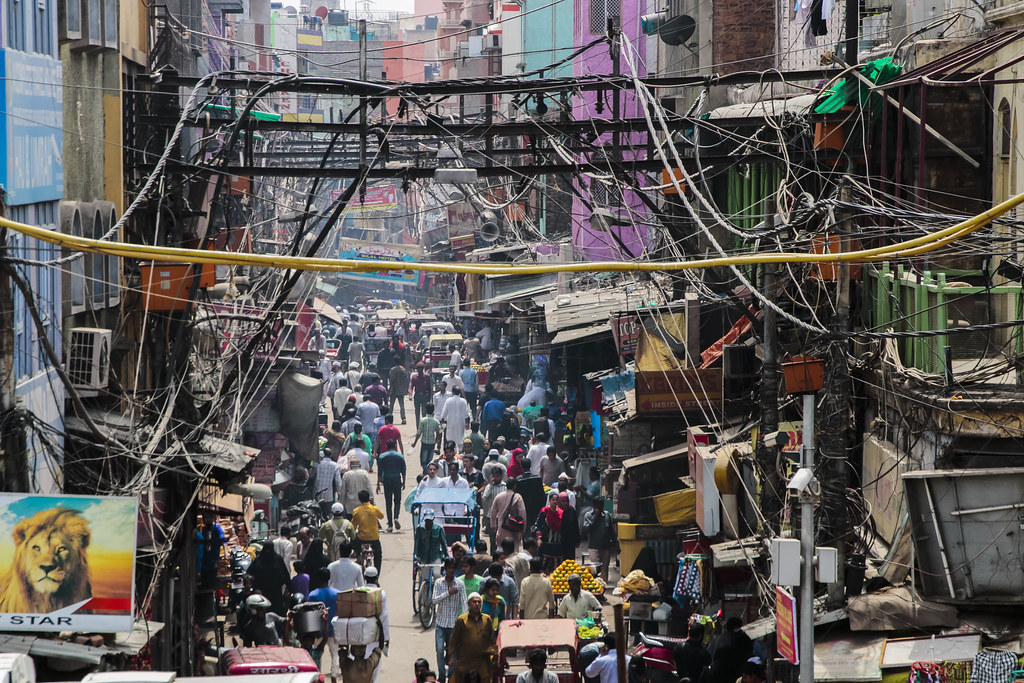
While not a landmark per se, Chandhi Chowk is one of the oldest markets in India, dating back to the 17th century.
I hope you’ve learned more about Indian cuisine and country 🙂 Until next time!